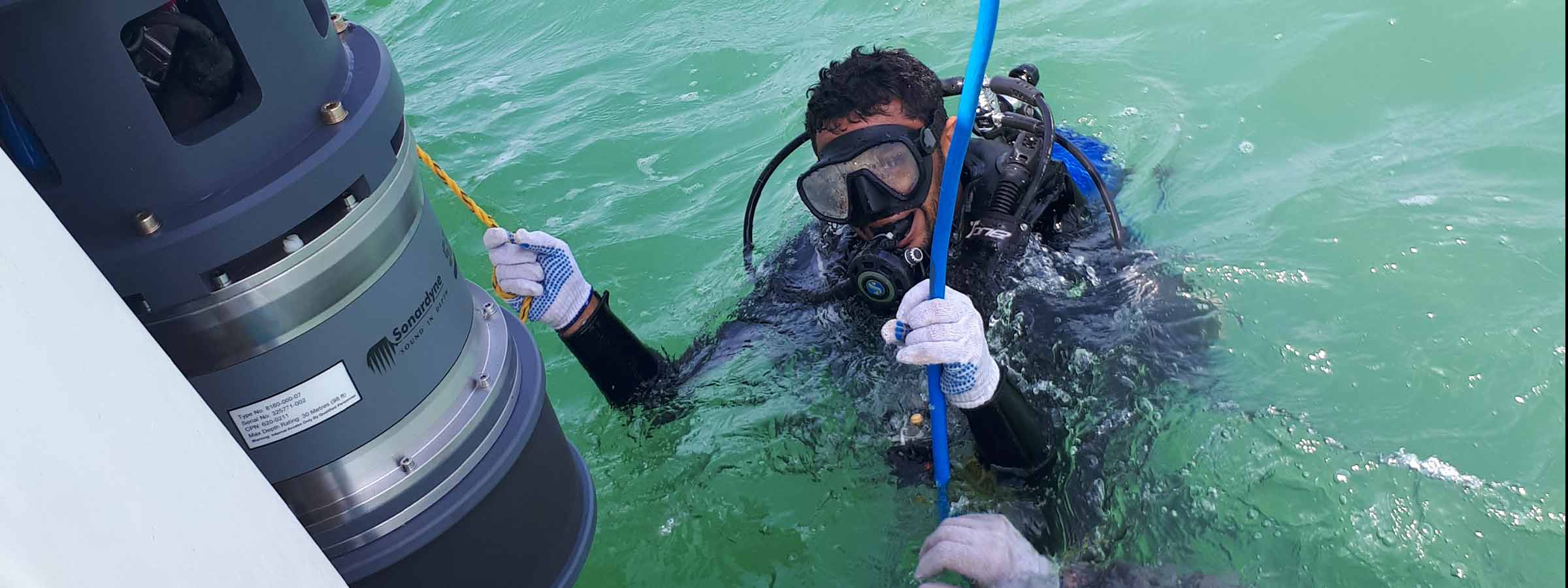Protecting the underwater perimeter at critical assets can seem like a challenge. Whether you want to protect a port, harbour, refinery, private waterside residences or even a yacht, oil tanker or offshore platform, there are many variables. So, you need an underwater surveillance system with flexible installation options to ensure you are not left with any gaps in your maritime security.

Our Sentinel Intruder Detection Sonar (IDS) is the most widely deployed sonar of its type in the world, with more than 150 installations across a wide range of fixed and mobile assets. Sentinel detects, tracks and classifies divers and other underwater threats, such as swimmer delivery vehicles (SDVs) and autonomous underwater vehicles (AUVs), at ranges of up to 1,500 m* from any direction and alerts security personnel.
Flexible installation options for all scenarios
A Sentinel system comprises a topside, sonar head (or heads) and options to connect the two – usually cabled. We’ve developed many different ways the sonar head can be installed at waterside facilities or from vessels over the years. These include permanent systems on brackets, rail and trolley, columns, through-hull or through-tube deployment machines, over the side deployments and flanged systems – you name it. We’ve also got a portable system that’s easy to deploy, as and when you need it.
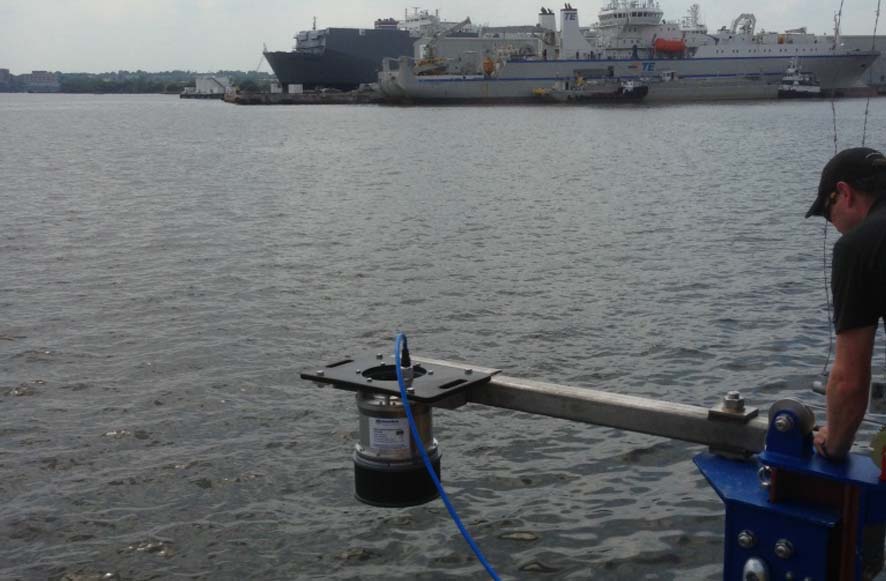
So what’s the best installation option for you? Broadly, your sonar head will need to be positioned so that it can focus on the first 20 m of water below the waterline – that’s where unwanted intruders, especially scuba divers or those using rebreathers, are more expected. But how you then position your sonar system really depends on your facility or vessel. Is it beachside or have you got harbour walls? How deep is your draft? Even the tidal range at your facility can influence system set up. Here, we take you through a few of the options.
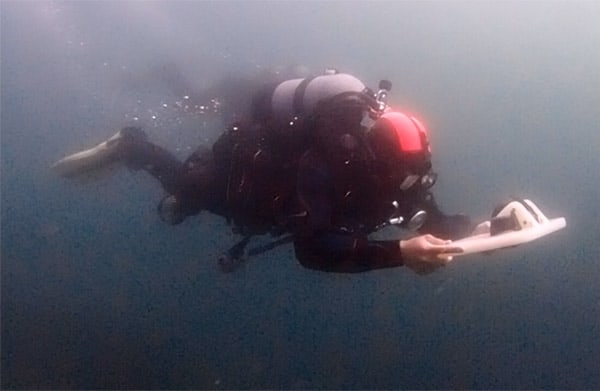
Portable asset protection
Our Sentinel Expeditionary System is an all-in-one portable system. It can be deployed using a small crane or winch from your yacht, vessel, pier or harbour. It comprises a sonar head mounted on a robust aluminium tripod, a topside system, which includes a display, and drum-deployed cable. It’s tried and trusted on, for example, private yachts, when mooring in unknown waters, as well as with security forces to check water ways of harbours, on specific occasions, such as before a high profile visit or event, or to be able to check different locations, when required.
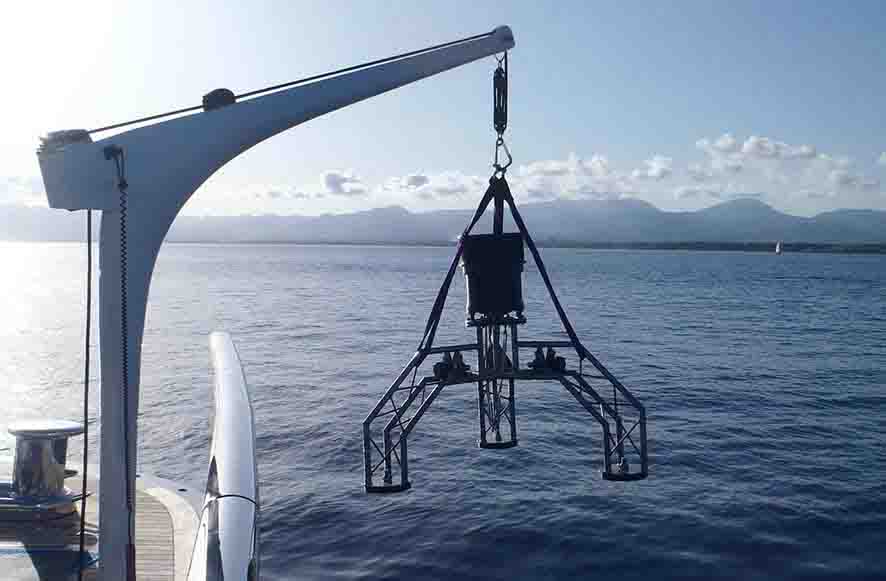
Permanent underwater surveillance
For permanent surveillance, the options can be tailored to any facility – from private residences or quays/ harbours to waterside infrastructure such as a nuclear plant.
Perimeter protection of waterside facilities tends to require bracket, rail and trolley, or column mounted systems. A bracket system can be installed on a harbour or pier wall and provides 180 degree coverage. If you have a strong tidal regime, a rail and trolley system will enable the system to remain at an optimal depth throughout the tidal range as it changes. If you have a beachside or very shallow approach to you facility, a column mounted system (there are 1.5 m and 3 m column options) can be installed in the water further away from your facility, providing 360 degree coverage.
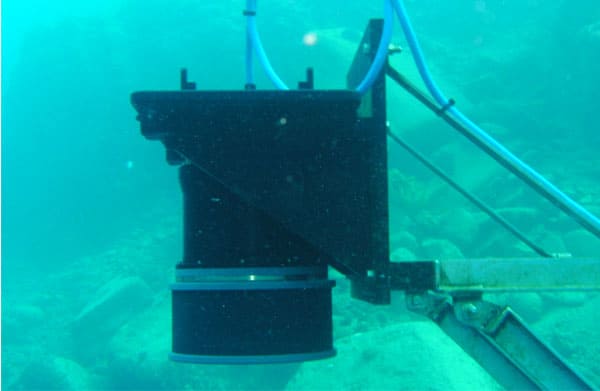
If you have a mix of shallow water and harbour wall or pier around your perimeter, or you have a large perimeter that you want complete protection of, you can deploy a number of sonar heads around the site, using the appropriate deployment system for each location. Each sonar head can then can be networked into a central command and control centre.
Offshore and vessel-based protection
For 360 protection at an offshore facility, that’s completely surrounded by water, two sonar heads providing overlapping 270 degree coverage each will cover your perimeter. Installation of the sonar heads can be done using flange mounts, brackets, over-the-side poles or through-tube poles, depending on your installation and what the best solution is for it.
In some scenarios, protection might also be provided to an offshore asset using a Sentinel aboard a support vessel. This could be using a through-hull, through-tube or over-the-side deployment. Here, a sprint and drift concept of operation is used – where the vessel “sprints” to an area of interest and then drifts, to minimize acoustic interference, so optimising surveillance of that particular area.
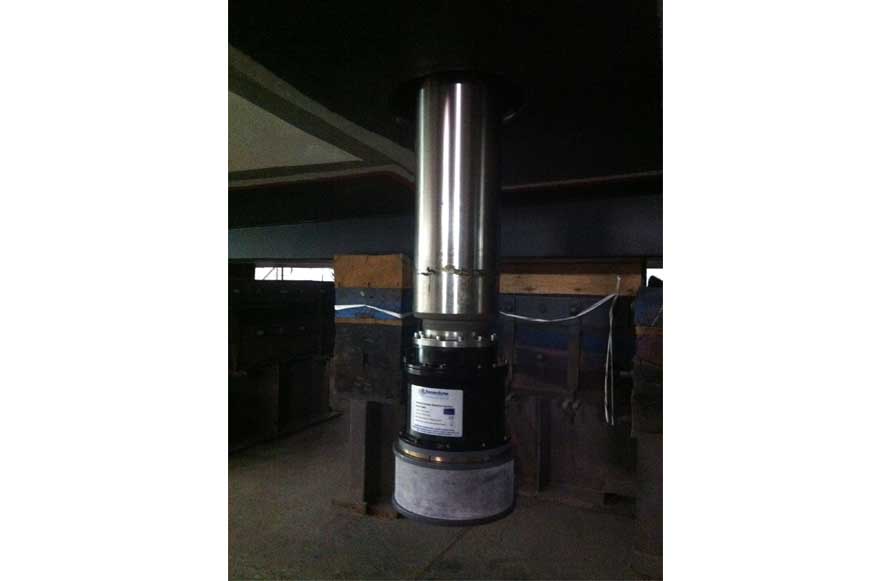
Cruise liners, oil tankers or other valuable vessels can also use through-tube, through-hull or over-the-side systems. And, as already outlined, smaller vessel owners can use Sentinel portable systems that are deployed by winch or crane when stationary. For deep draft vessels, some options are not ideal, where the deployment would be below 20 m water depth (beneath where common types of intruder approach). Here an over-the-side system might be preferable, tailored to where it’s best situated on your vessel.
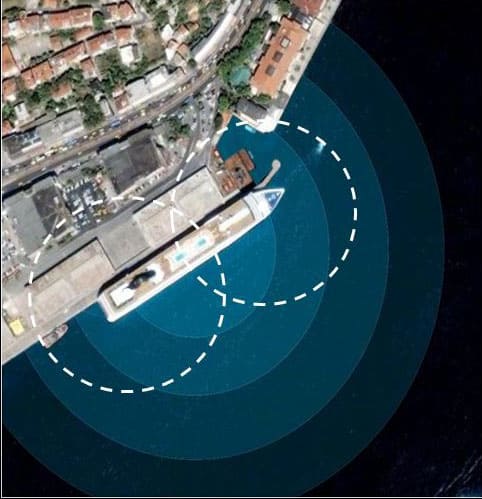 Some vessels also cable deploy their Sentinel sonar head over the side, when at anchor somewhere where they want to make sure they have no unwanted visitors.
Some vessels also cable deploy their Sentinel sonar head over the side, when at anchor somewhere where they want to make sure they have no unwanted visitors.
So, as you can see, how you protect your site from intruders depends very much on the characteristics of your site or asset. Different deployment methods will suit one site or asset and not another. We can provide a tailored deployment to best suit your protection requirements.
Contact us to discuss your asset protection requirements.
*Depending on environmental conditions and product variant, 900 m range for diver detection.
